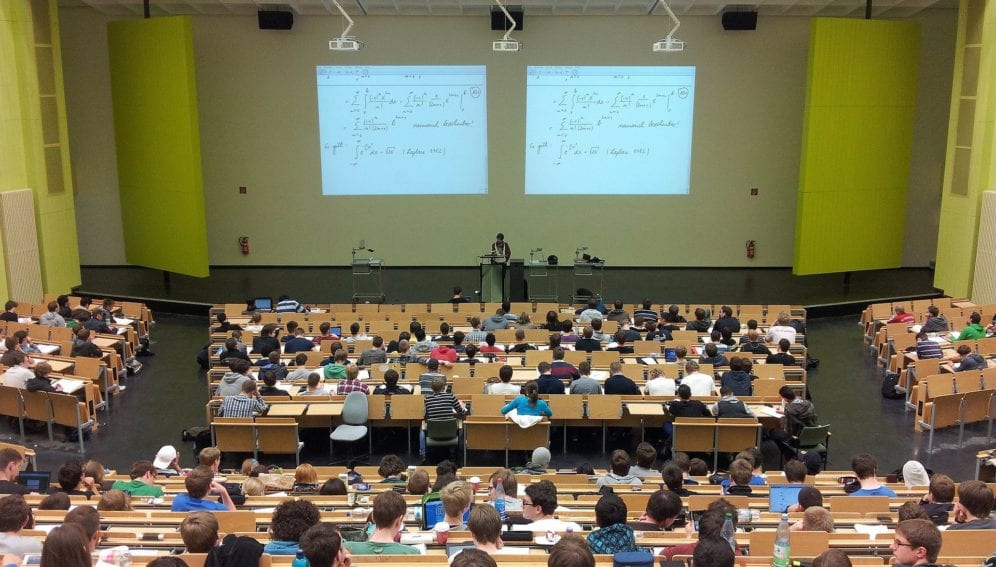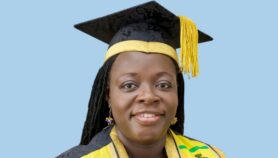19/06/19
South Africa’s new cabinet size could impact education

Send to a friend
The details you provide on this page will not be used to send unsolicited email, and will not be sold to a 3rd party. See privacy policy.
[CAPE TOWN] South Africa’s decision to merge science and technology and higher education departments as part of efforts to cut the country’s cabinet size could have winners and losers, experts say.
The cabinet reshuffle became a concern of President Cyril Ramaphosa during his first state of the nation address in February 2018.
The cabinet size also featured as an election promise for some political parties in this year’s elections, with the opposition Economic Freedom Front saying in the run-up to the election that the cabinet was bloated and full of useless deputy ministers, and the Democratic Alliance of South Africa promising to reduce the cabinet if elected into office.
“It was the right thing to do in our current circumstances.”
Jan Botha, Stellenbosch University
“Weighing up the dire need for a smaller cabinet in South Africa — and a redirection of state funds to our developmental needs — against the benefits of separate science and higher education departments, it was the right thing to do in our current circumstances,” said Jan Botha, a professor at the Centre for Research on Evaluation, Science and Technology, South Africa-based Stellenbosch University, in an interview with SciDev.Net this month (6 June) following an announcement on 29 May by the government, cutting the cabinet size from 36 to 28.
A positive development of the merger of the two departments may be better coordination in policy development and implementation, he added.
But according to Harris Andoh, a postdoctoral research fellow at South Africa-based Tshwane University of Technology, while higher education institutions with strong interest in science and technology could be winners, those that focus on fields other than science and technology could be losers.
“Another group of losers will be institutions that have developed their strategic plans and policies which did not take into consideration the merging of the ministries,” said Andoh, who conducts higher education research. “They will now need to align their programmes, policies and strategic to the new mission and vision of the new ministry.”
Now endowed with 26 public universities, one of the highest numbers in Africa and having many world-class universities on the continent, South Africa is a leader of quality higher education in Africa, Andoh explained.Andoh called for the South African government to reconsider the merging of these ministries and to explain to key institutions which programmes and divisions will be removed, realigned and the cost of undertaking this progress.
This piece was produced by SciDev.Net’s Sub-Saharan Africa English desk.













